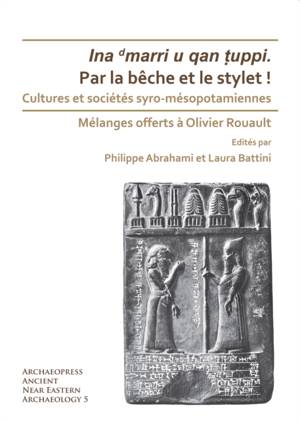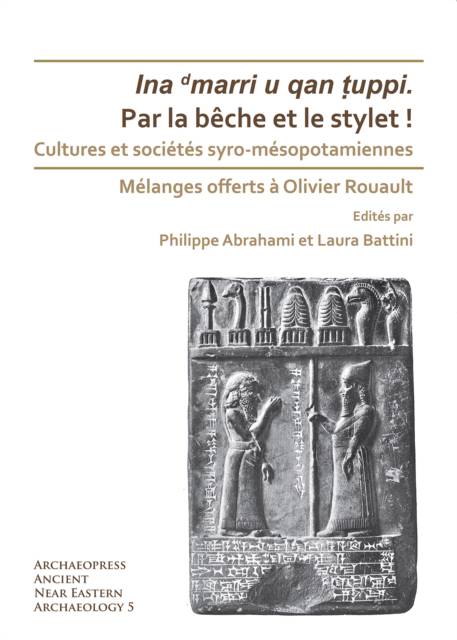
Je cadeautjes zeker op tijd in huis hebben voor de feestdagen? Kom langs in onze winkels en vind het perfecte geschenk!
- Afhalen na 1 uur in een winkel met voorraad
- Gratis thuislevering in België vanaf € 30
- Ruim aanbod met 7 miljoen producten
Je cadeautjes zeker op tijd in huis hebben voor de feestdagen? Kom langs in onze winkels en vind het perfecte geschenk!
- Afhalen na 1 uur in een winkel met voorraad
- Gratis thuislevering in België vanaf € 30
- Ruim aanbod met 7 miljoen producten
Zoeken
Par La Beche Et Le Stylet! Cultures Et Societes Syro-Mesopotamiennes
Melanges Offerts a Olivier Rouault
€ 60,95
+ 121 punten
Omschrijving
This volume is a tribute to the career of Professor Olivier Rouault who has conducted extensive research in the fields of both Assyriology and Ancient Near Eastern archaeology. The book is composed of 25 papers written by his colleagues, friends and former students from Belgium, France, Great Britain, Italy, Israel, Japan, The Netherlands, Poland, Syria and the United States. The contributions presented here combine archaeological, iconographic and Assyriological studies from the Neolithic to the 1st millennium BC, covering whole of Mesopotamia and regions of Anatolia and the Levant. Nine papers deal with the data of Terqa, Mari and Qasr Shemamok, sites close to Professor Olivier Rouault's main field of research. He published cuneiform tablets from Mari and Terqa and worked as a director of archaeological missions at Terqa and Qasr Shemamok. The book is divided into six main topics: Palace and Administration, Temples and Cults, Families and Societies, Literatures and Historiography, Representation and Symbolic Aspects, Cultural Markers and Stratigraphy - all the topics that attracted Professor Olivier Rouault during his fruitful career. More intimate texts recounting memories of moments shared with Olivier punctuate the reading of these contributions.
Specificaties
Betrokkenen
- Uitgeverij:
Inhoud
- Aantal bladzijden:
- 300
- Taal:
- Engels
- Reeks:
Eigenschappen
- Productcode (EAN):
- 9781789692822
- Verschijningsdatum:
- 30/06/2019
- Uitvoering:
- Paperback
- Formaat:
- Trade paperback (VS)
- Afmetingen:
- 203 mm x 290 mm
- Gewicht:
- 1046 g

Alleen bij Standaard Boekhandel
+ 121 punten op je klantenkaart van Standaard Boekhandel
Beoordelingen
We publiceren alleen reviews die voldoen aan de voorwaarden voor reviews. Bekijk onze voorwaarden voor reviews.








